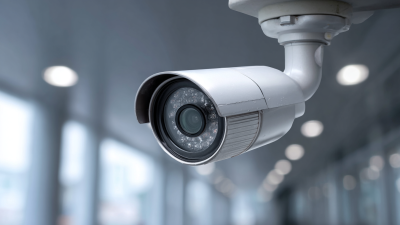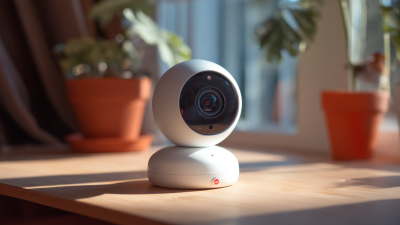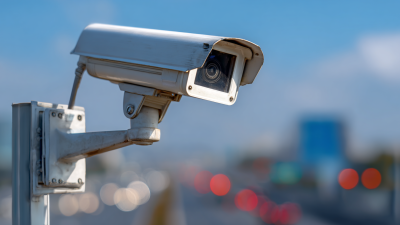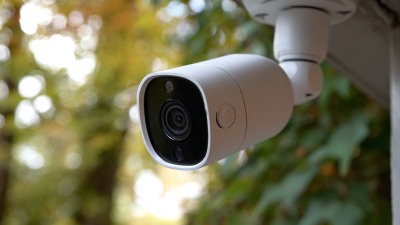
Choosing the right thermal camera for your specific needs is crucial in today’s diverse applications, ranging from building inspections to wildlife observation. A thermal camera allows users to visualize temperature variations and detect heat signatures that are invisible to the naked eye, making it an invaluable tool across various industries. However, with the plethora of options available, selecting the ideal device can be daunting. It is essential to understand the different types of thermal cameras, their features, and how they align with your requirements.
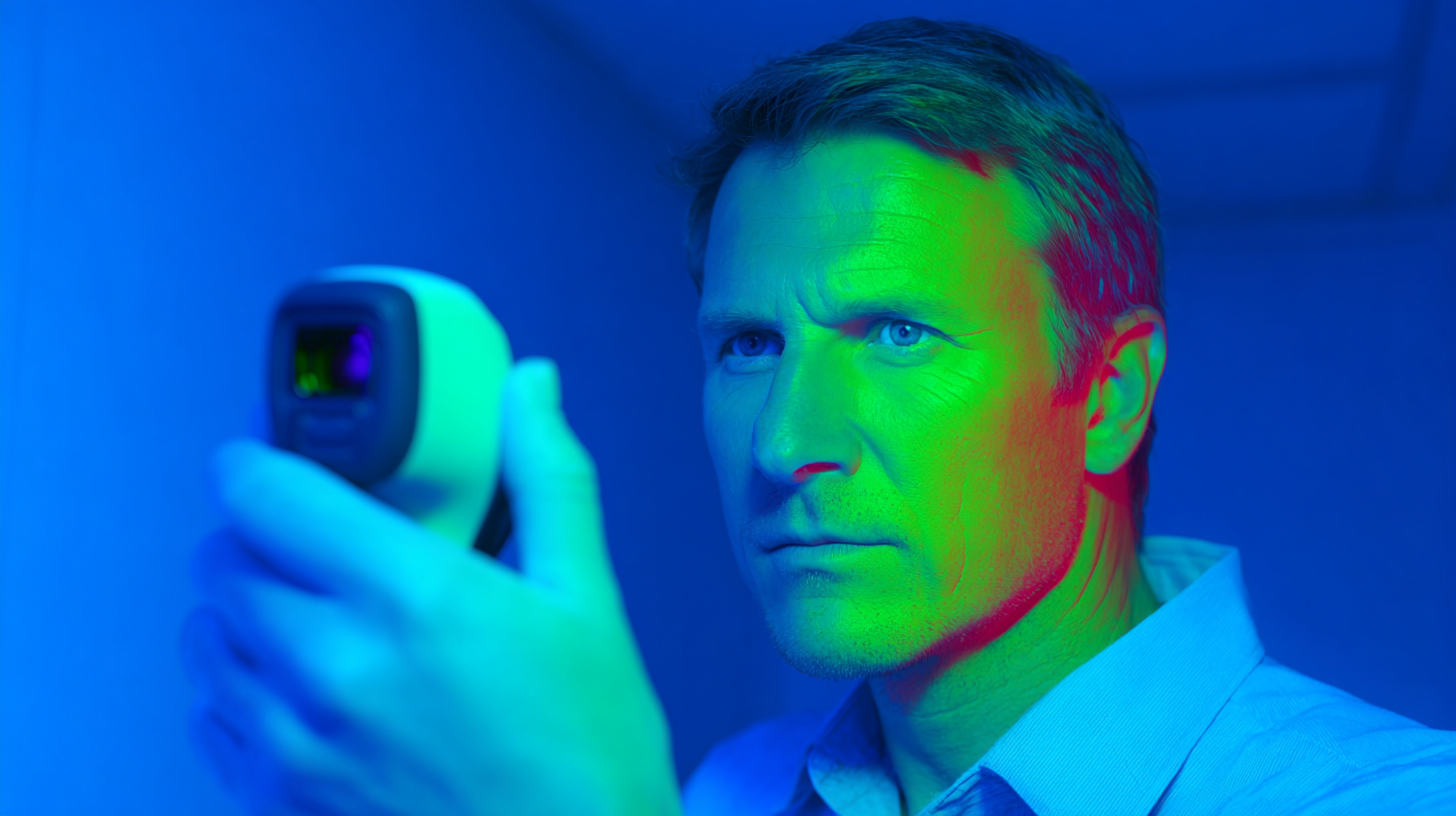
Whether you're a professional looking to enhance your capabilities or a hobbyist venturing into the world of thermal imaging, this guide will provide you with ten essential tips. By following these tips, you can make an informed decision that ensures you select the right thermal camera tailored to your particular application, maximizing your investment and enhancing your productivity.
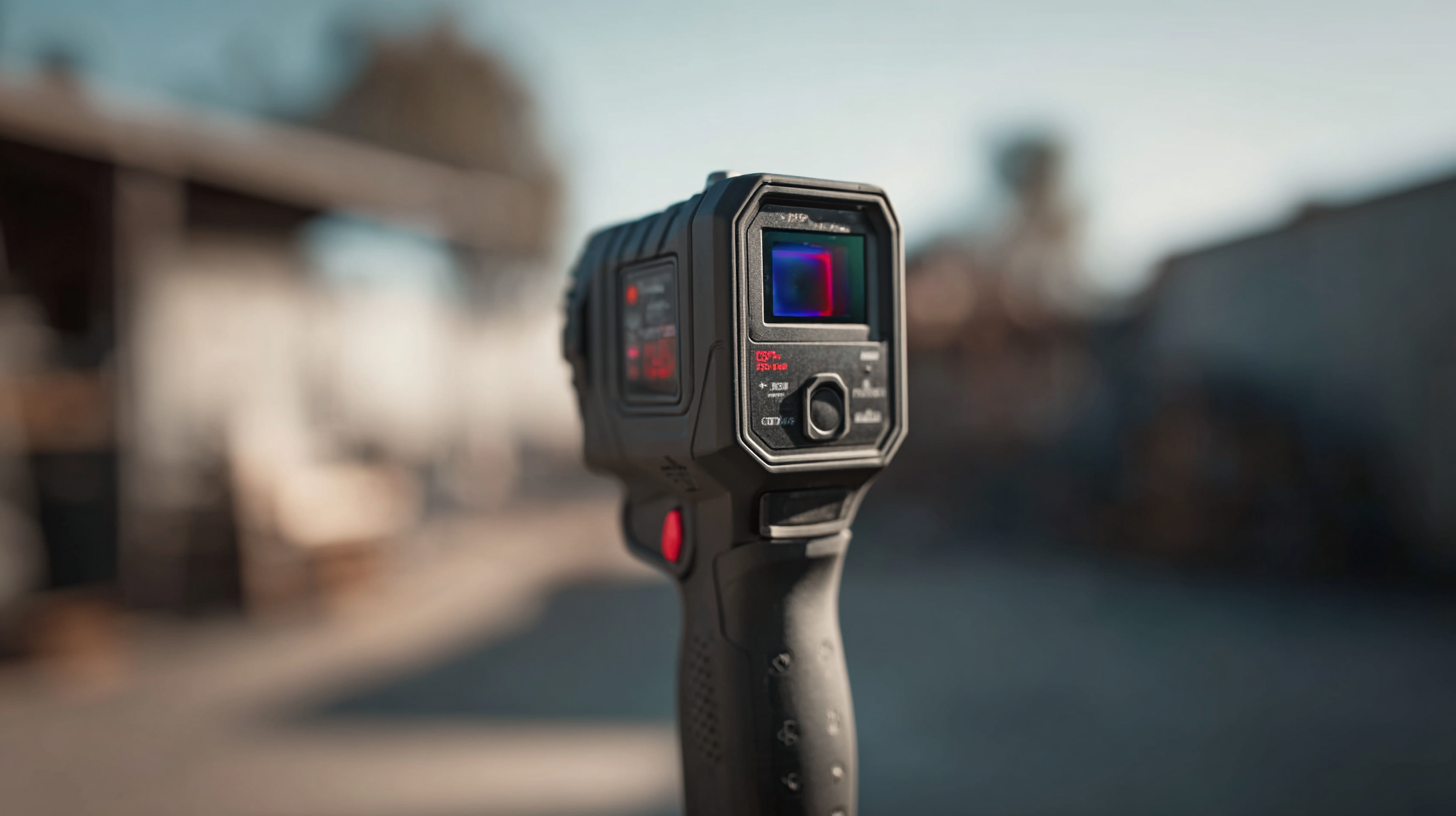 When selecting the right thermal camera for your specific needs, understanding your applications becomes paramount. Whether it's for industrial inspections, construction, or security, identifying the primary purpose of the thermal camera will steer your decision. In particular, consider how you will use the camera in various environments, including those that may be challenging, such as low-light or adverse weather conditions.
When selecting the right thermal camera for your specific needs, understanding your applications becomes paramount. Whether it's for industrial inspections, construction, or security, identifying the primary purpose of the thermal camera will steer your decision. In particular, consider how you will use the camera in various environments, including those that may be challenging, such as low-light or adverse weather conditions.
Additionally, here are a few essential tips to keep in mind. First, evaluate the resolution and sensitivity of the camera; higher resolution provides better image quality, which is crucial for accurate analysis. Second, think about the camera’s connectivity options, as integrating thermal imaging with mobile phones or environmental monitoring devices can enhance functionality. Lastly, assess the durability and thermal stability of materials used in the camera for optimal performance under varying conditions. These considerations will help ensure that you choose the thermal camera that best suits your needs.
When selecting a thermal camera, it is crucial to evaluate several key features that influence both performance and usability. One of the primary factors to consider is the thermal resolution, often measured in pixels. According to recent industry reports, cameras with higher thermal resolution, such as 640x480 pixels or greater, can significantly enhance image detail, allowing for more precise diagnostics in applications ranging from electrical maintenance to building inspections. This improved clarity can provide up to 50% more data points, facilitating better decision-making.
Another critical feature is the temperature sensitivity, expressed as NETD (Noise Equivalent Temperature Difference). A lower NETD value indicates better sensitivity, enabling the camera to detect slight temperature variations. High-quality thermal cameras often have NETD values below 50 mK, as highlighted in the 2023 Thermal Imaging Market Analysis, which indicates that such sensitivity is vital for detecting potential issues in HVAC systems or identifying energy losses in buildings. Additionally, consider ergonomics and user interface; models designed with intuitive controls and lightweight designs enhance user experience, making on-site inspections more efficient and less tiring.
When selecting a thermal camera, understanding specifications such as resolution and sensitivity is critical for ensuring it meets your specific needs.
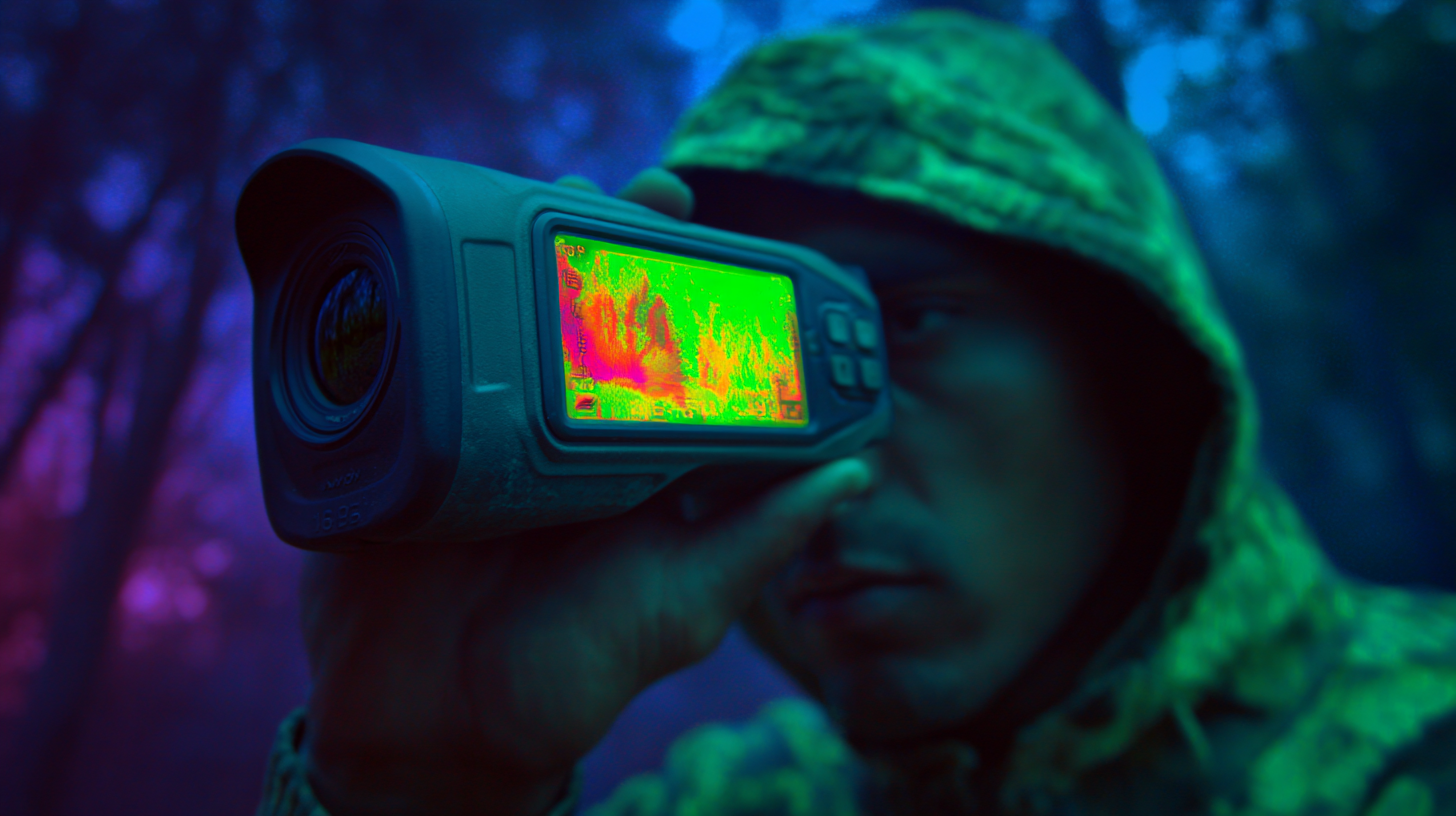 Resolution refers to the number of pixels in the thermal image; higher resolution provides more detail, allowing for better identification of heat sources and smaller temperature differences.
For professional use, consider cameras that offer at least 320x240 resolution for adequate clarity, while 640x480 or higher is preferred for high-precision applications.
Resolution refers to the number of pixels in the thermal image; higher resolution provides more detail, allowing for better identification of heat sources and smaller temperature differences.
For professional use, consider cameras that offer at least 320x240 resolution for adequate clarity, while 640x480 or higher is preferred for high-precision applications.
Sensitivity, often expressed as millikelvin (mK), indicates the camera's ability to detect small temperature variations. A lower sensitivity value means the camera can accurately capture minor thermal changes, which is essential in fields like electrical inspections or building diagnostics. Look for cameras with a sensitivity of less than 50 mK for best results.
Tip: Always compare both resolution and sensitivity based on your intended application. If you’re using the thermal camera for regular building inspections, prioritize a balance between these two specifications. For more demanding tasks, such as research or detailed energy audits, invest in a higher resolution and sensitivity to enhance your analysis and results.
When considering investing in a thermal camera, budgeting is a crucial step that can significantly influence your purchasing decision. Thermal cameras come with a range of prices depending on their specifications and functionalities. Expect entry-level models to cost around $200 to $400, suitable for basic applications. However, for professional use or advanced features, such as higher resolution and thermal sensitivity, prices can soar above $1,500 or even $3,000. Clearly outlining your budget in advance will help you narrow down your options effectively.
Tip: Identify your primary purpose for the thermal camera as this dictates the features you will need. If you're planning to use it for home inspections, you might not need the top-tier models. Conversely, if you’re aiming for industrial applications, investing in a more advanced thermal camera could save you money in the long run by providing more accuracy and functionality.
Additionally, remember to factor in potential added costs such as accessories, software, and warranty services. These can enhance your camera's capabilities and the overall user experience. By having a comprehensive overview of what to expect in terms of budgeting, you can ensure that your investment aligns perfectly with your specific needs and conditions.
| Feature | Description | Budget Range | Suitability |
|---|---|---|---|
| Resolution | Higher resolution provides clearer images | $200 - $2000 | General Use, Professionals |
| Temperature Range | Different ranges suitable for various applications | $150 - $1500 | Industrial, HVAC |
| Durability | Rugged cameras are necessary for harsh environments | $300 - $3000 | Construction, Fieldwork |
| Battery Life | Longer battery life for extended use | $100 - $1000 | Outdoor Surveys |
| Weight | Lightweight for ease of use and portability | $200 - $2000 | Field Technicians |
| Software Integration | Compatibility with analysis software | $100 - $2000 | Research, Engineering |
| Image Storage | Capacity for storing thermal images | $50 - $500 | Inspection, Monitoring |
| Display Type | Quality and size of the image display | $100 - $1000 | Users needing clear visual feedback |
| Warranty | Length of warranty can indicate product reliability | Varies | All applications |
When selecting a thermal camera, evaluating brand reputation and customer support is crucial. A recent industry survey by MarketsandMarkets indicates that companies with strong customer support and a solid reputation typically experience higher customer satisfaction rates (83%) compared to those that do not prioritize these aspects. Brands like FLIR and Seek Thermal often lead the market not only due to their advanced technology but also their commitment to customer service, making them reliable choices for consumers.
One essential tip is to research customer reviews and testimonials, as these can provide insight into the user experience and the effectiveness of the thermal camera. Pay close attention to feedback regarding customer support responses and services, as a trustworthy brand will always prioritize resolving issues promptly. Additionally, investigate the warranty and support options provided. A brand that offers extensive support can save you time and money in the long run, especially when encountering technical difficulties.
Another important consideration is assessing the availability of spare parts and accessories. Brands that maintain a good reputation often have an extensive network of distributors, making parts easily accessible. This ensures your thermal camera will remain functional for years to come. Investing in a brand known for its reliability not only enhances your buying experience but also ensures that you’re equipped with a tool that meets your specific needs over time.
